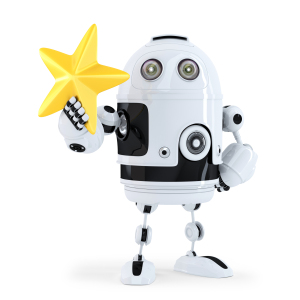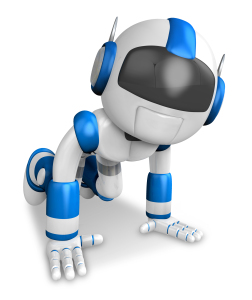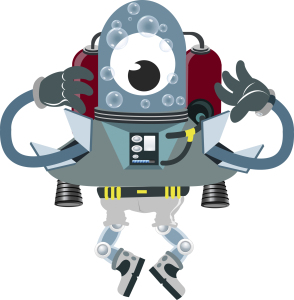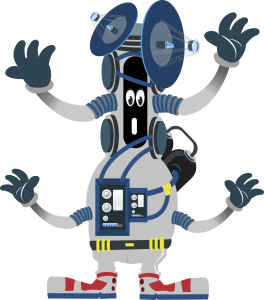Students in Mr. Husson's 5th grade science and math class watched the episode "Needle Drop" where scientists were trying to determine which product was the best to prevent the needles from falling off of a Christmas tree. Students first made their hypothesis and then watched the experiment. The seven products were:
Fertilizer
Bleach
Lemon Lime Soda
Headache Medicine
Santa's Little Helper
Hairspray
Urethane
Results (Needles dropped in Cubic
Centimeters):
500 Fertilizer
130 Bleach
300 Lemon Lime Soda
350 Headache Medicine
145 Santa's Little Helper (Medicine)
60 Hairspray
175 Urethane
(Floor wax)
We discussed the experiment and the results. Students agreed that even though the Hairspray was the one that would make the least amount of needles fall off, it would pose a fire hazard. The control in the experiment received pure water and we decided that this would be the be product to use on a Christmas tree.
Students then took these results and worked collaboratively with a partner to graph the results.
They first discussed which would make a better graph, bar or pie, and then made several different graphs using an online graphing website.
 |
| Students Graphs |
Massachusetts
Science Standards for Inquiry
· Ask questions and make predictions that can be tested.
· Select and use appropriate tools and technology (e.g.,
calculators, computers, balances, scales, meter sticks, graduated cylinders) in
order to extend observations.
· Keep accurate records while conducting simple investigations
or experiments.
· Conduct multiple trials to test a prediction. Compare the
result of an investigation or experiment with the prediction.
· Recognize simple patterns in data and use data to create a
reasonable explanation for the results of an investigation or experiment.
·
Record data and communicate findings
to others using graphs, charts, maps, models, and oral and written reports.
Massachusetts Technology Literacy Standards and Expectations
Standard 1. Demonstrate proficiency in the use of computers and applications, as well as an understanding of the concepts underlying hardware, software, and connectivity.
Standard 3. Demonstrate the ability to use technology for research, critical thinking, problem solving, decision making, communication, collaboration, creativity, and innovation.
International Society for Technology in Education (ISTE) Standards:
1. Creativity and Innovation
Students demonstrate creative thinking, construct knowledge, and develop innovative products and processes using technology.
2. Communication Collaboration
Students use digital media and environments to communicate and work collaboratively, including at a distance, to support individual learning and contribute to the learning of others.
3. Research and Information Fluency
Students apply digital tools to gather, evaluate, and use information.
6. Technology operations and concepts
Students demonstrate a sound understanding of technology concepts, systems, and operations.
Common Core
The Corresponding College and Career Readiness (CCR) Anchor Standard for Standard SL 4.5 was addressed: “Make strategic use of digital media and visual displays of data to express information and enhance understanding of presentations.”




























